TARLMOUNIA
Tarlmounia
H. Rob., S. C. Keeley, Skvarla & R. Chan, Proc. Biol. Soc. Washington 121(1): 31. 2008.
Perennial plants. Stem scandent, young branches terete, white, sericeous. Leaves simple, alternate, petiolate, sericeous with T-shaped hairs, lamina elliptic, margin entire or serrate, apex acute rounded, base rounded, subcoriaceous. Synflorescences terminal or axillary. Capitula discoid, homogamous, pedunculate, bisexual and fertile. Involucres oblong or narrowly campanulate. Phyllaries imbricate in 3-4 series, 3-4 mm long, glandular, without hairs. Corolla purple to white, actinomorphic, corolla lobes 4. Anthers 5, syngenesious. Styles 2-branched, inner surface covered with stigmatic papillae, outer surface covered with sweeping hairs reaching below style bifurcation. Cypselae turbinate, 4-7-ribbed, ca. 2 mm long, glandular without hairs, carpopodium present. Pappus in 2 series of bristles, persistent, outer ones are shorter than inner.
One species
Tarlmounia elliptica
Tarlmounia elliptica
(DC.) H. Rob., S. C. Keeley, Skvarla & R. Chan, Proc. Biol. Soc. Washington 121(1): 32. 2008; Vernonia elliptica DC., in Wight, Contrib. Bot. India 5. 1834; Fl. China @ eFloras.org 20-21: 356, 359; keralaplants.in; V. elaeagnifolia DC., Prodr. 5: 22. 1836.
Scandent shrub. Stem caulescent, much branched, branches terete or inconspicuously ribbed, white sericeous, hairs T-shaped, rounded, margin appressed. Leaves alternate, petiolate; petiole curved, 5-10 mm long; leaf blade elliptic-oblong, 2-6.5 cm x 1-3.5 cm, both surfaces sericeous, abaxially more dense, hairs T-shaped, base cuneate to rounded, margin entire or remotely serrate, apex acute or obtuse, pinnately veined, lateral veins 7-11 paired. Synflorescence terminal and subterminal axillary, thyrsoid paniculate. Capitula clustered at tips of branches. Involucres narrowly campanulate or slightly oblong cylindric, ca. 4 mm x 2 mm. Phyllaries 3-4-seriate, imbricate, 1.5-2.5 mm x 0.5-1 mm, green or purple apically, margins piliferous, outer surface arachnoid, glandular; outer phyllaries small and suborbicular with rounded apex, adpressed sericeous; middle ones ovate; inner ones large, oblong-elliptic to obovate, apex acute or obtuse. Capitula discoid, narrowly campanulate, 10-12(-15) mm long, (4-) 5 disc florets per capitulum. Corolla pink, purplish or white; tube ca. 5 mm long, shorter than narrowly funnelform throat, ca. 7 mm long, lobes 5, ca. 2 mm long, linear-lanceolate. Stamens 5, epipetalous, anthers 3-3.5 mm long, apical appendage acute, base hastate. Style purple, 5.5-7 mm long, 2-branched, branches ca. 2 mm long, outer surface covered with sweeping hairs reaching below style bifurcation. Cypselae pale-brown, obconical, apex truncate, base callose, 1.2-2.1 mm x 0.5-1 mm, 4(-7)-ribbed, densely and minutely glandular. Pappus many, tawny-white, biseriate, inner bristles 5-6 mm long, scabrid, outer bristles shorter; all persistent.
Common Names: Curtain Creeper, Vernonia Creeper; Parda Bel ( Hindi)
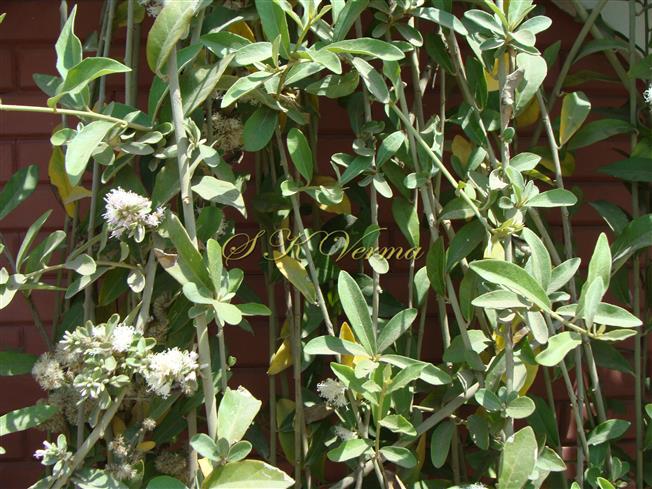

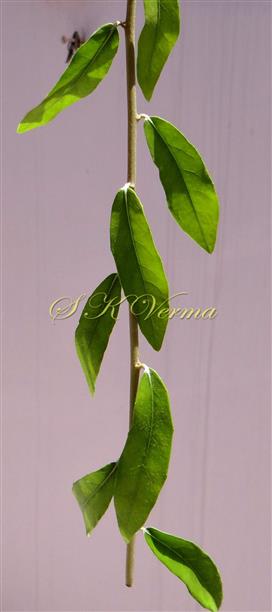
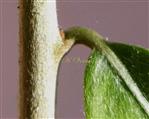
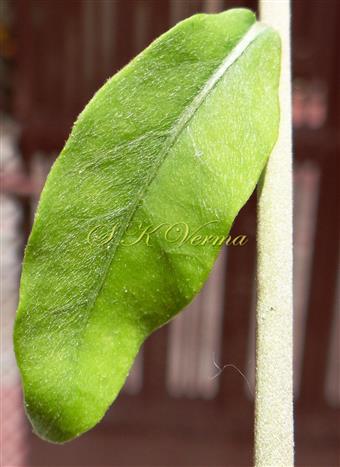

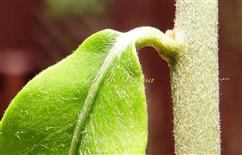
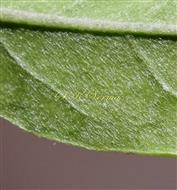
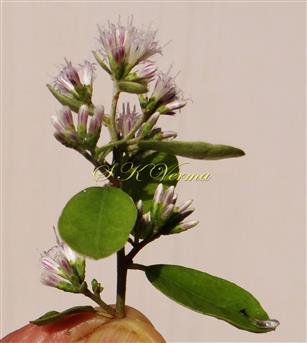
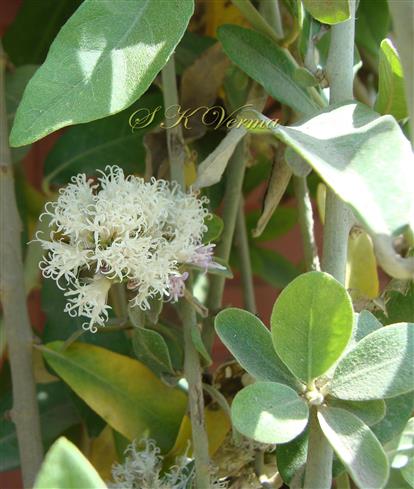
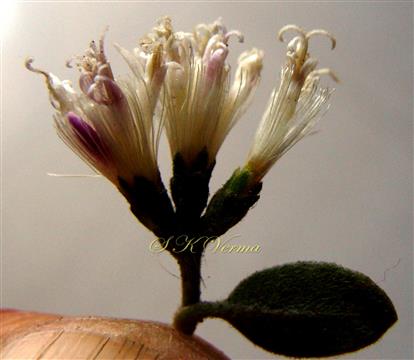
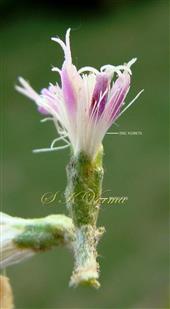
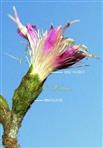

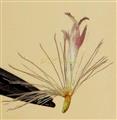

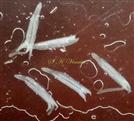
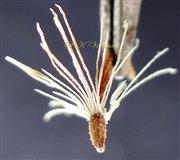

-5157.jpg)


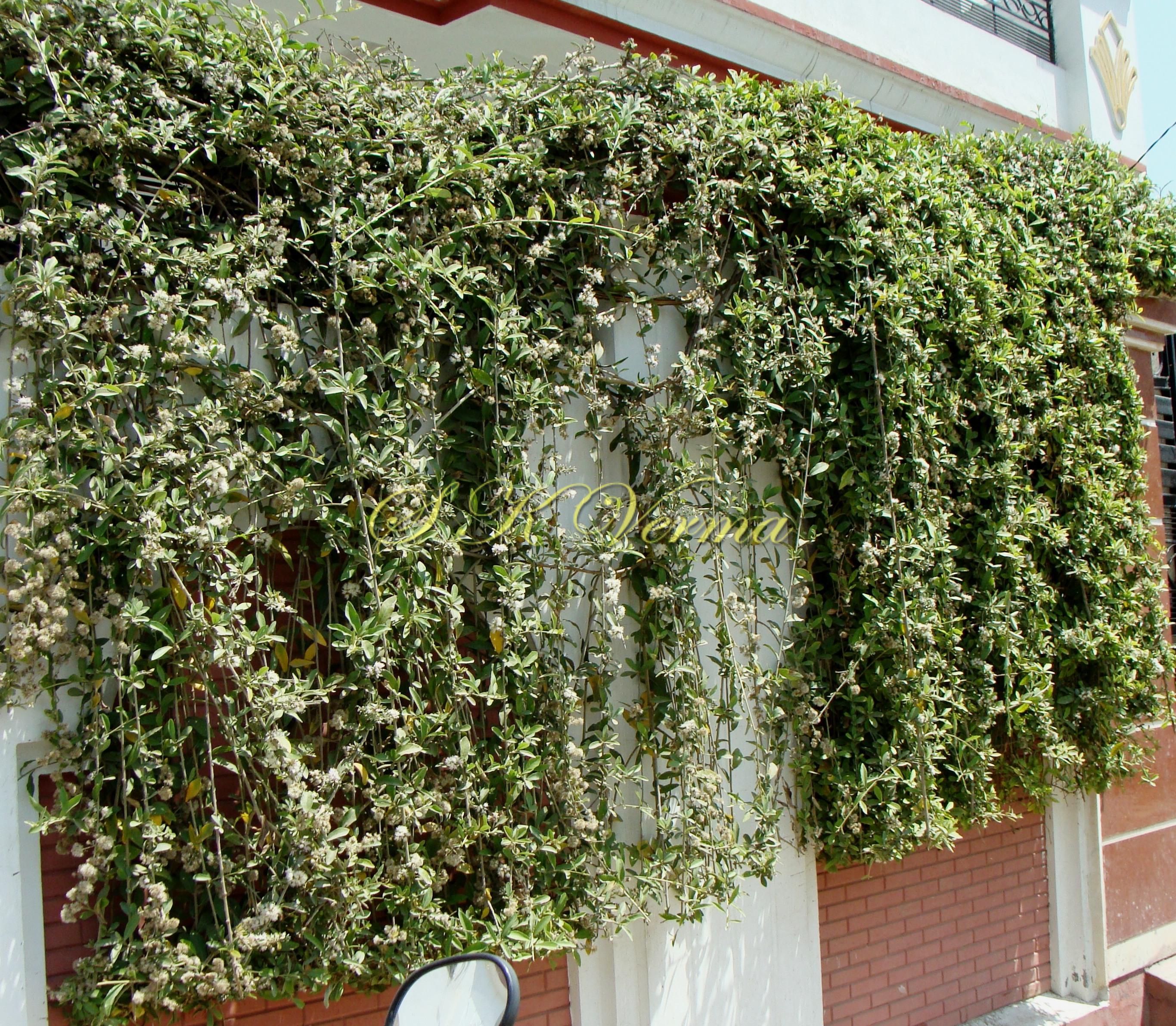













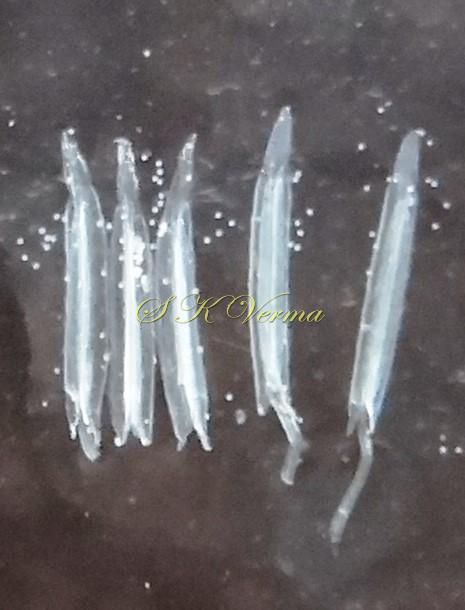


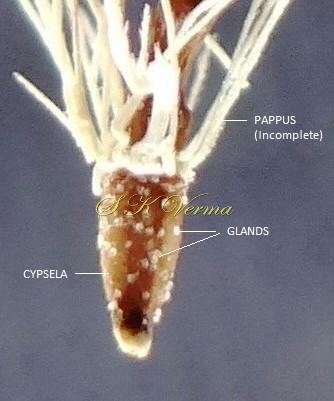
-5157.jpg)